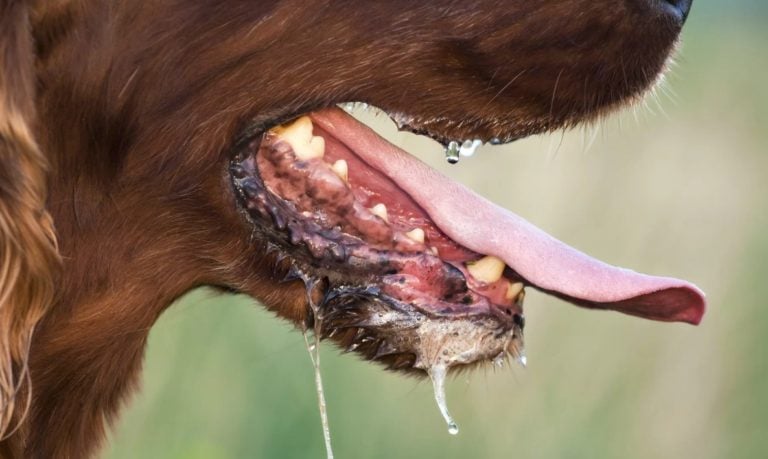Do Dogs Even Need Us Anymore? The Truth Behind Their Growing Independence
If you’ve ever met a dog that gives off “don’t touch me unless I initiate it” vibes, you’re not alone—and you’re not imagining things.
While many of us grew up thinking dogs were supposed to be loyal shadows, following us from room to room with eager eyes and wagging tails, that’s not always the case anymore.
In fact, more and more dog breeds are starting to show traits we’d typically associate with cats: aloofness, self-sufficiency, and an unshakable sense of independence. This shift isn’t just about personality quirks—it reflects something deeper.
As our lifestyles evolve, so do our dogs. People are working longer hours, living in smaller urban spaces, and spending more time away from home.
The demand for low-maintenance pets who don’t crumble in solitude has quietly influenced breeding trends. Whether intentionally or not, we’re shaping the future of dog behavior—and independence is rising to the top of the wishlist.
It’s not just new breeds, either. Some ancient or primitive dog breeds are making a comeback precisely because of their self-reliant nature.
Others are adapting in real time, becoming more independent as they’re exposed to environments where clinginess just isn’t practical.
The result? A new kind of canine companion—still loyal and loving, but far more capable of handling life on their own terms.
So why exactly are dogs evolving this way? And what does it say about us, their humans?
In this article, we’ll explore the surprising reasons behind this shift toward independence, the breeds leading the pack, and what it all means for the future of our furry best friends.
Spoiler alert: just because they don’t need constant cuddles doesn’t mean they don’t love you—it just means they’ve learned how to thrive with (or without) your full attention.
Shift in Human Lifestyle
Modern life isn’t built for constant companionship. With work, errands, and social demands pulling owners in every direction, many people can’t devote as much time to their dogs as they used to.
The ideal pet, for many, is one that’s content lounging solo for hours without stirring up trouble.
As a result, breeds that are more self-reliant are gaining popularity. These dogs aren’t clingy—they’re confident.
They don’t whine when left alone; they nap. Their adaptability makes them a perfect fit for busy urban dwellers who love dogs but need space, too.
Working Dog Heritage
Not all dogs were bred to follow their humans around. Some, like livestock guardians or hunting dogs, were selected specifically for their ability to think independently. That working heritage still shows up in their personalities today.
Breeds like the Akbash, Great Pyrenees, or Basenji often exhibit a stubborn streak—but that’s not a flaw, it’s instinct. They were designed to make decisions on their own, miles away from any human command.
Reduced Role of Obedience
Obedience used to be critical for survival—on farms, in the field, or on hunts. But today’s dogs are more likely to be treated like family members than tools. As a result, unwavering obedience isn’t always a top priority.
Instead, traits like emotional intelligence, curiosity, and confidence are being quietly rewarded. Independent dogs might not come the first time you call, but they’re often better at problem-solving or self-entertainment when left alone.
Genetic Selection for Lower Separation Anxiety
Over time, dogs that cope better with being left alone are more likely to be bred. Whether or not this is deliberate, it’s a real trend. Owners are often drawn to dogs who don’t cry at the door or destroy the sofa after being alone for a few hours.
This naturally selects for dogs with lower separation anxiety. Breeds like the Shar Pei or Lhasa Apso, which tend to be emotionally self-contained, are increasingly in demand.
Rise of “Low-Maintenance” Breeds
In the age of convenience, even pet ownership is subject to efficiency. Low-maintenance breeds—those that don’t demand constant attention, exercise, or stimulation—are becoming more desirable.
Breeds like the Shiba Inu or Chow Chow are independent by nature. They’re clean, aloof, and fiercely dignified. And for many owners, that’s a welcome change from the Velcro dog experience.
Influence of Cat Ownership Trends
As more households welcome both dogs and cats, expectations are shifting. Pet owners used to feline aloofness often appreciate dogs that aren’t overly needy. It’s becoming a matter of preference.
Some dogs, like the Basenji, have long been described as “cat-like.” That used to be niche—now it’s a selling point. The result? A growing interest in dogs that can handle their own company without complaint.
Urbanization and Smaller Living Spaces
City life isn’t made for high-energy, codependent dogs. With limited outdoor space and fewer chances to burn off energy, dogs in urban environments need to be calmer, quieter, and more self-contained.
Independent dogs tend to do better in these conditions. They don’t pace anxiously or bark at every sound. They’re better suited for apartment living and the long hours their owners might spend away from home.
Digital Training Tools & Enrichment
Technology is changing the way we care for our pets. From automatic feeders to interactive toys and dog-monitoring cameras, owners can now “engage” with their dogs even when they’re not home.
But these tools favor dogs who are naturally curious and independent. They thrive with puzzle games and gadgets, giving them mental stimulation without human intervention.
Dogs who don’t need constant direction are becoming the stars of the digital pet age.
Changing Role of Dogs in Families
Dogs aren’t just hunters or guards anymore—they’re emotional companions, Instagram stars, and cozy bedtime buddies. But that role doesn’t always require constant attention or physical closeness.
In fact, families often prefer dogs who can blend into the background when needed. A well-behaved, independent pup who doesn’t demand attention 24/7 fits more easily into a busy household.
Resurgence of Primitive or Ancient Breeds
Some of the world’s oldest breeds are gaining new fans—not in spite of their independence, but because of it. These dogs are unpolished, untamed, and deeply self-reliant by nature.
Breeds like the Thai Ridgeback, Carolina Dog, and Canaan Dog haven’t been shaped by hundreds of years of domestication.
That wild streak makes them aloof but fascinating companions for experienced dog owners looking for something different.
















